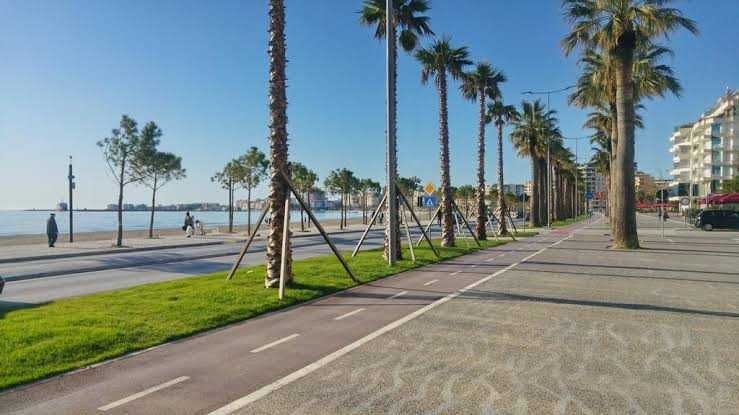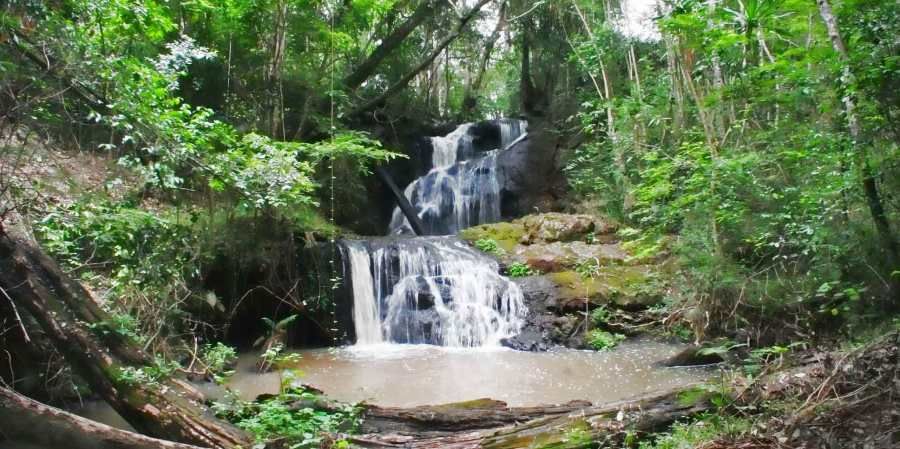What Green Spaces Mean in Kenya’s Urban Development
Key Take-aways from this Story
Introduction
Kenya’s major cities—Nairobi, Mombasa, Kisumu, and Nakuru—are rapidly expanding as population growth and urbanization reshape landscapes. Amid this growth, green spaces have become vital. They are not just recreational areas, but essential assets that improve environmental quality, social well-being, and economic resilience.
Defining Green Spaces in Kenya
In Kenya, green spaces include public parks, botanical gardens, arboretums, urban forests, playgrounds, and recreational fields. They are places where residents escape the pressures of city life, reconnect with nature, and find communal identity. Examples include Uhuru Park, Karura Forest, City Park in Nairobi, Mama Ngina Waterfront in Mombasa, and Kisumu’s Impala Sanctuary.
Environmental Benefits
Green spaces in Kenyan cities directly address environmental challenges linked to rapid development:
-Air quality: Nairobi’s traffic-heavy air is partly cleaned by trees in Karura Forest and Ngong Road Sanctuary.
-Temperature regulation: Open parks help reduce heat levels, especially in concrete-dense areas like Upper Hill and Westlands.
-Flood control: Parks and wetlands, such as Nairobi Dam and Kisumu’s Dunga Wetlands, absorb stormwater, reducing flooding.
-Biodiversity: Green spaces like Arboretum Nairobi preserve indigenous trees and provide habitats for birds, monkeys, and butterflies.
Social and Cultural Importance
For Kenyans, green spaces carry cultural and social value:
-Community hubs: Uhuru Park has historically hosted rallies, concerts, and family outings.
-Cultural identity: Mama Ngina Waterfront showcases Kenya’s coastal heritage while offering relaxation spots.

-Well-being: Jogging trails in Karura and Arboretum are popular with urban dwellers seeking exercise and stress relief.
-Education: Arboretums and botanical gardens serve as learning grounds for students studying botany, forestry, and conservation.
Economic Value
Green spaces also contribute to Kenya’s economy:
-Tourism magnet: Forest walks, waterfronts, and arboretums attract both locals and international tourists.
-Boost to real estate: Properties near Karura Forest or Waterfront developments fetch higher value.
-Job creation: Parks, gardens, and conservancies employ groundsmen, rangers, guides, and vendors.
-Healthcare savings: Access to clean air and fitness opportunities reduces lifestyle-related illnesses.
Challenges Facing Kenyan Green Spaces
Despite their importance, green spaces in Kenya face increasing threats:
-Encroachment: Uhuru Park and City Park have been repeatedly targeted for private developments.
-Neglect: Poor maintenance in some parks leads to insecurity, littering, and underuse.
-Urban pressure: Rapid expansion in Nairobi’s satellite towns like Ruaka, Ruiru, and Syokimau leaves little room for open spaces.
-Inequality: Wealthier neighborhoods enjoy greener environments, while informal settlements lack basic parks.
The Future of Green Spaces in Kenya
Kenya’s urban planners are slowly recognizing the importance of integrating green spaces in city plans. Possible solutions include:

-Protecting forests and parks such as Karura, Ngong, and Arboretum from encroachment.
-Developing new waterfronts in Kisumu and Mombasa for recreation and tourism.
-Introducing rooftop gardens in Nairobi’s high-rise estates.
-Pocket parks in estates like Kayole, Umoja, and Githurai to give children safe play areas.
-Tree-planting drives to meet the government’s 30% forest cover target.
Conclusion
In Kenya, green spaces are more than patches of land with grass and trees—they are the lungs of urban centers and the soul of communities. Preserving and expanding them ensures that cities remain livable, resilient, and sustainable, even as urbanization accelerates. For Kenyans, green spaces symbolize freedom, heritage, and hope for healthier future cities.





0 comments